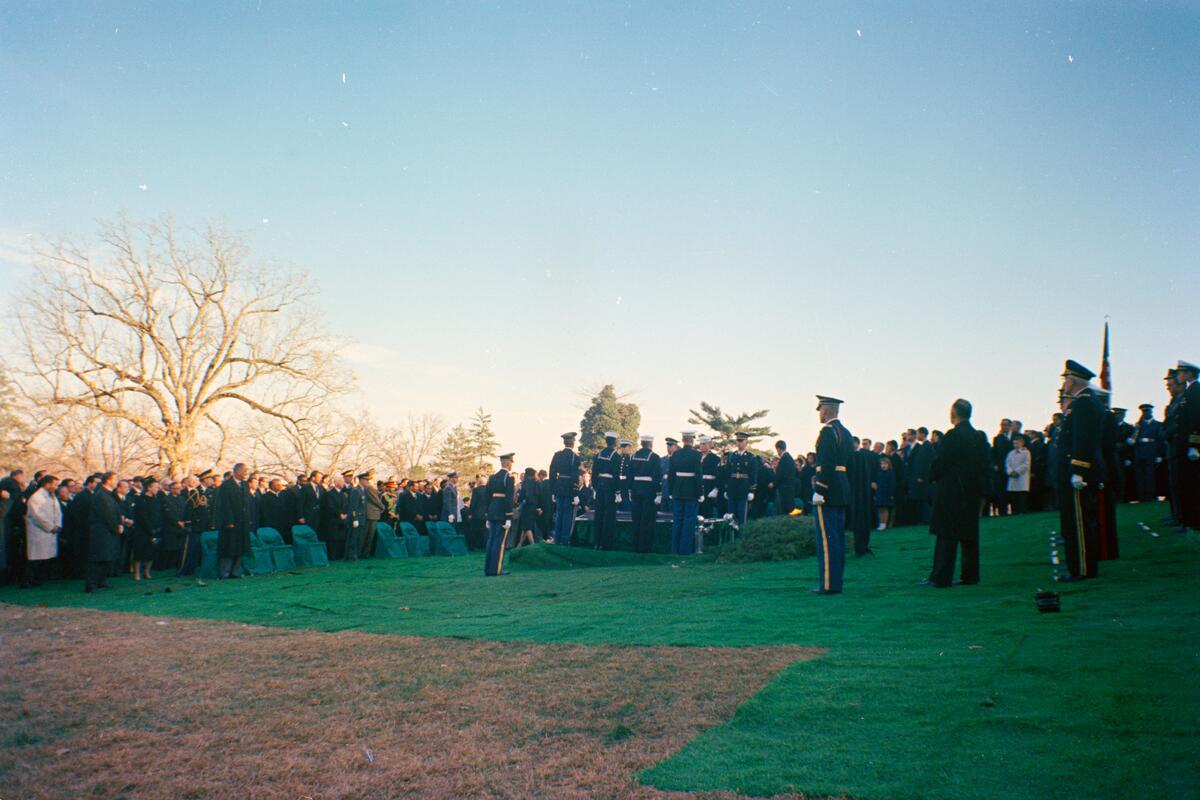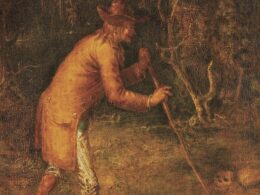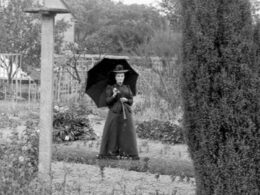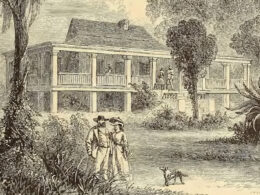From Jimmy Breslin: Essential Writings

Jimmy Breslin had been working at the New York Herald Tribune for only a few months when, late in November 1963, President John F. Kennedy was assassinated. Breslin wrote the story that altered the trajectory of his career. “There were three thousand reporters at the funeral in Washington, DC,” Breslin wrote three decades later, “and I knew I couldn’t perform the simplest act of this very simple business of reporting if I had to do it in these crowded circumstances. I went into the White House lobby and from nowhere I thought of the cemetery. I told Art Buchwald, who wrote for my paper, ‘I’m going to go over to the cemetery and get the gravedigger.’ He thought it was a great idea.” While the rest of the press corps covered the elaborate and somber choreography of the funeral, Breslin interviewed the man who had dug Kennedy’s grave.
Former Daily News sports columnist Mike Lupica recently commented about how “Jimmy gave a lot of credit to Murray Kempton, because the day Don Larsen pitched his perfect game in the [1956] World Series, Kempton went and wrote about Sal Maglie, who had pitched the game of his life and lost two-nothing.” What’s now referred to as the Gravedigger’s Theory of news coverage—the technique of reporting on a big story from the point of view of a “minor” player or unexpected participant—is taught widely in journalism classes.
“No one reads the other accounts today,” says John Sweeney, a former president of the Organization of News Ombudsmen. “Breslin’s column has been reprinted and is still capable of moving the reader to tears.” It was reprinted (yet again) in the recent Library of America edition of Breslin’s essential writings.
You can also read “It’s an Honor,” Jimmy Breslin’s story about the man who dug Kennedy’s grave, at our Story of the Week site.



